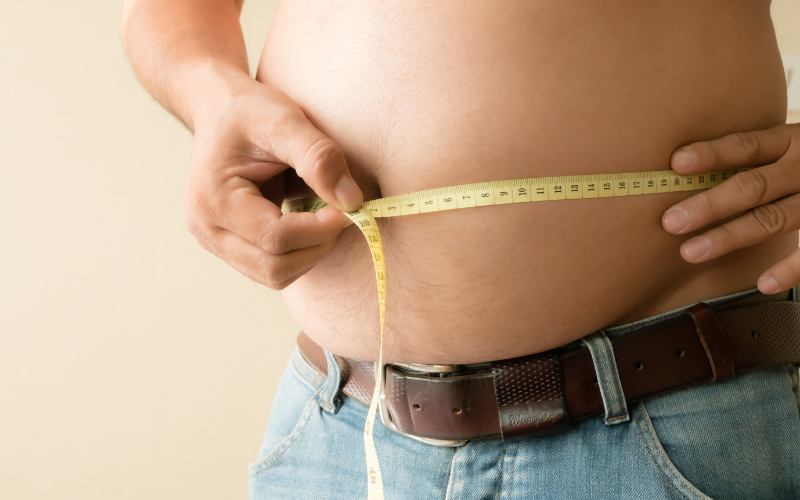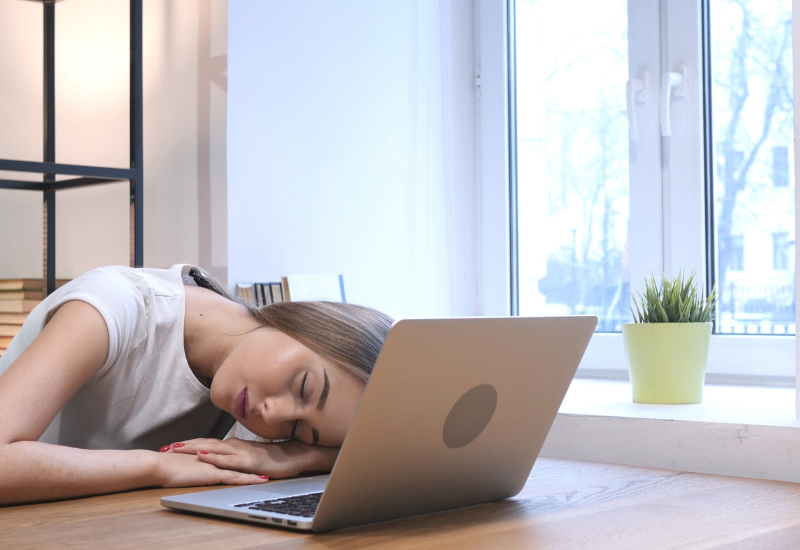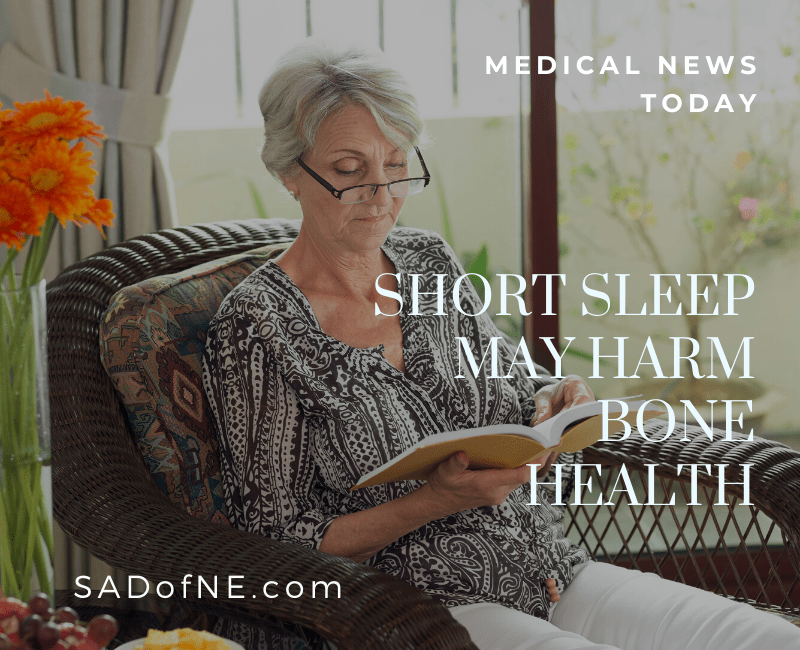The Sleep-Gut Connection
Original Article | Posted Jan 08, 2016, Authored by Michael J Breus, MD
What is Sleep Gut?
There’s a lot of discussion these days about sleep gut health—how a healthy gut can support overall health, and the ways a compromised gut may contribute to illness and disease. We’re learning more about the complexity of the vast, dense, microbial world of the human gut and its influence over immune health, hormone balance, brain function, and mental and physical equilibrium. What relationship exists between sleep and this microbial ecosystem within the body? Emerging science demonstrates that there is a very real and dynamic connection between the microbiome and sleep itself.

What is the Microbiome?
The term microbiome can mean a couple of different things. It is sometimes used to describe the collection of all microbes in a particular community. In scientific terms, the microbiome can also refer to the genes belonging to all the microbes living in a community. The microbiome is often seen as a genetic counterpart to the human genome.
The genes that make up a person’s microbiome are far more numerous than human genes themselves—there are roughly 100 times more genes in the human microbiome than in the human genome. This makes sense when you consider that there are somewhere in the neighborhood of 100 trillion microbes living in (and on) each of us—a combination of many different types, including bacteria, fungi, viruses, and other tiny organisms.
This vast array of microbial life lives on our skin and throughout the body. The largest single collection of microbes resides in the intestine—hence the attention to “gut” health. Here, trillions of microscopic organisms live and die—and appear to exert a profound effect on human health.
The Microbiome and Sleep
The human microbiota is a complicated, dynamic ecosystem within the body. It appears to interact in some important ways with another fundamental aspect of living—sleep. As with much about the microbiome, there is a tremendous amount we don’t know about this interaction. That said, there are some fascinating possible connections and shared influences. Scientists investigating the relationship between sleep and the microbiome are finding that this ecosystem may affect sleep and sleep-related physiological functions in a number of ways—shifting circadian rhythms, altering the body’s sleep-wake cycle, and affecting hormones that regulate sleep and wakefulness. Our sleep, in turn, may affect the health and diversity of the human microbiome.
The microbial life within our bodies is in perpetual flux, with microbes constantly being generated and dying. Some of this decay and renewal naturally occurs during sleep. There’s no answer yet, however, to the important question: What role does sleep itself play in maintaining the health of the microbial world inside us, and which appears to contribute so significantly to our health?
There are some important signs of a significant connection: We’ve seen research demonstrating that circadian rhythm disruptions can have negative effects on gut microbiota. (More on this shortly.) There’s also evidence that the disordered breathing associated with obstructive sleep apnea (OSA), a common sleep disorder, may disrupt the health of the microbiome. Scientists put mice through a pattern of disrupted breathing that mimicked the effects of OSA, and found that the mice that lived with periods of OSA-like breathing for six weeks showed significant changes to the diversity and makeup of their microbiota.article continues after advertisement
Sleep and the Gut-Brain Connection
A significant, fast-growing body of research illustrates the far-reaching effects of the microbiome over brain function and brain health—as well as the influence of the brain over gut health and the microbiome. This “gut-brain axis” appears likely to have a profound influence over nearly every aspect of human health and physiological function, including sleep.
The constant communication and interplay between the gut and the brain has the potential to influence and intersect with sleep directly and indirectly. Let’s take a closer look at the ways that might occur:
Mood. Studies indicate that the health and balance of the gut microbiota has a significant influence over our mood and emotional equilibrium. Disruptions and an imbalance of gut microbes have been strongly connected to anxiety and depression. This has potentially significant implications for sleep, as both anxiety and depression can trigger or exacerbate sleep disruptions.
Stress. Research is also revealing a complicated, two-way relationship between stress and gut health that also may exert influence over sleep and sleep architecture. Stress is an extremely common obstacle to healthy, sufficient sleep.
Pain. Studies link gut health to pain perception, specifically for visceral pain. An unhealthy microbiome appears to increase sensitivity to this form of pain. Like so many others, this connection travels the communication pathway between the gut and the brain. The connection between sleep and physical pain or discomfort is significant—the presence of pain can make falling asleep and staying asleep much more difficult.
Hormones. Several hormones and neurotransmitters that play important roles in sleep also have significant influence over gut health and function. The intestinal microbiome produces and releases many of the same neurotransmitters—dopamine, serotonin, and GABA among them—that help to regulate mood, and also help to promote sleep.
- Melatonin, the “darkness hormone” essential to sleep and a healthy sleep-wake cycle, also contributes to maintaining gut health. Deficiencies in melatonin have been linked to increased permeability of the gut—the so-called “leaky gut” increasingly associated with a range of diseases. Melatonin is produced in the gut as well as the brain, and evidence suggests that intestinal melatonin may operate on a different cyclical rhythm than the pineal melatonin generated in the brain.
- Cortisol is another hormone critical to the human sleep-wake cycle. Rising levels of the hormone very early in the day help to promote alertness, focus, and energy. Cortisol levels are influenced in several ways within the gut-brain axis: The hormone is central to the stress and inflammatory response and also exerts an effect on gut permeability and microbial diversity. The changes to cortisol that occur amid the interplay of the gut and brain are likely to have an effect on sleep.
“Circadian Rhythms” of the Gut?
There is some pretty fascinating research connecting the gut microbiome to circadian rhythms, the 24-hour biological rhythms that regulate our sleep and wake cycles, in addition to many other important physiological processes. A growing number of studies now suggest that the vast and diverse microbial ecosystem of the gut has its own daily rhythms. These microbiome rhythms appear to be deeply entwined with circadian rhythms—research suggests that both circadian and microbial rhythms are capable of influencing and disrupting the other, with consequences for health and sleep.
The rhythms of gut microbes are affected by diet, both the timing of our eating and the composition of the foods we consume. A recent study found that mice eating a healthy diet generated more beneficial gut microbes, and that the collective activity of microbial life in the gut followed a daily—or diurnal—rhythm. That rhythm, in turn, supported circadian rhythms in the animal. Mice fed a high-fat, stereotypically “Western” diet, on the other hand, produced less optimal microbial life. The gut microbes of these mice did not adhere to a daily rhythm themselves, and also sent signals that disrupted circadian rhythms. These mice gained weight and became obese, while the mice that ate healthfully did not.
Scientists bred a third group of mice without any gut microbes at all. These mice had no signals to send from a gut microbiome. Circadian disruption occurred in these mice—but they did not gain weight or suffer metabolic disruption, even when fed the high-fat diet. This suggests a couple of important conclusions. First, that microbial activity is key to normal circadian function—and therefore to sleep. Second, that the microbiome is a key player along with diet in the regulation of weight and metabolism.
Circadian Rhythms and Microbiome: A Two-Way Street
Research in humans has returned similar results: The human microbiome appears to follow daily rhythms influenced by timing of eating and the types of foods consumed and to exert effects over circadian rhythms. Research has also found that the relationship between these different biological rhythms works both ways. Scientists have discovered that disruptions to circadian rhythms—the kind that occurs through jet lag, whether through actual travel or from “social” jet lag—disrupts microbial rhythms and the health of the microbial ecosystem. People who experience these changes to microbial rhythms as a result of circadian disruption suffer metabolic imbalance, glucose intolerance, and weight gain, according to research. And there’s preliminary evidence suggesting that gender may play some role in the relationship of gut microbial health, metabolism, and circadian function: a study using mice found that females had more pronounced microbiome rhythms than males.
New Understanding of Circadian Role in Metabolism?
We’ve known for some time about the relationship between sleep, circadian rhythms, and metabolic health. Disrupted sleep and misaligned circadian rhythms have been strongly tied to higher rates of obesity and to metabolic disorders including Type 2 diabetes. Our emerging knowledge of the microbiome and its relationship to circadian function may in time deliver a deeper understanding of how health is influenced by sleep and circadian activity.
Science has really only just begun to delve into the world of the microbiome and its relationship to sleep as well as health more broadly. All the early signs suggest that this is a profoundly important area of research; it will be fascinating to see where this takes us, and what it means for sleep.





